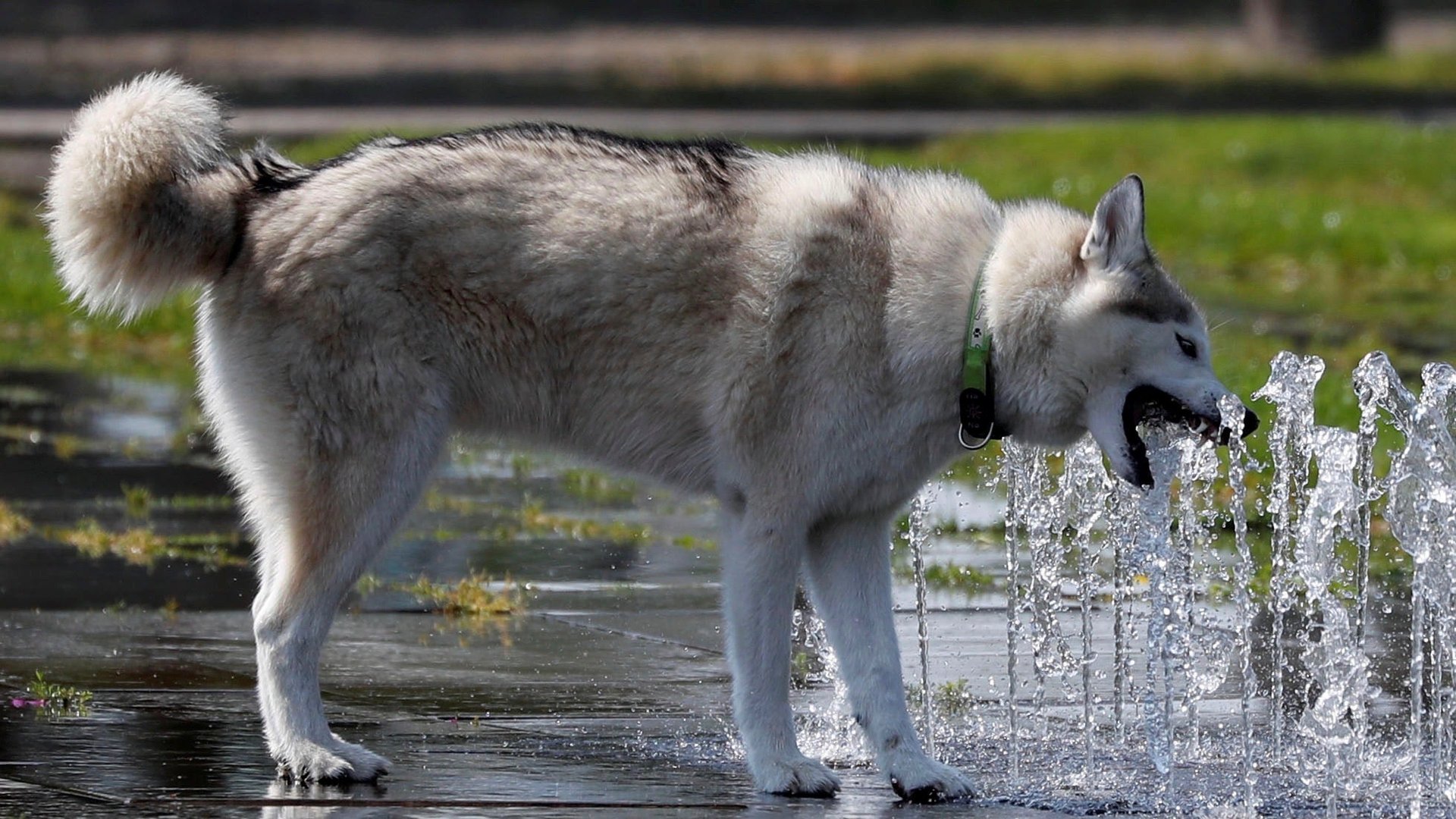Dogs are working to save the world’s endangered species
Dogs are good. They are humanity’s best friends and will work for food. We all know that. But what you may not be aware of is the fact that canines are being enlisted to help protect wildlife and preserve the great outdoors all around the globe.


Dogs are good. They are humanity’s best friends and will work for food. We all know that. But what you may not be aware of is the fact that canines are being enlisted to help protect wildlife and preserve the great outdoors all around the globe.
The same skills that make dogs effective assistants in law enforcement—most notably, sniffing and tracking—also make them excellent conservation aids. Countries worldwide use canines to help with a wide range of environmental protection projects, from locating invasive brown tree snakes in Guam and tracking rare turtles in the US to hunting poachers in Zimbabwe and in India.
Daryll Pleasants, the founder of Animals Saving Animals, which trains anti-poaching dogs in Wales before sending them abroad to work, says that conservation canines basically manage crime scenes, just like police dogs do. “Although dogs are not a silver bullet in the fight against poaching they are a huge security force multiplier,” Pleasants explained to BBC Earth. “One dog is able to secure the same area as seven rangers.”
In fact, some of the organizations involved in training these working dogs are also saving the canines by finding them jobs. Take Working Dogs for Conservation (WD4C), which is based in the US and works with partners around the globe. It trains high-energy rescue dogs who aren’t likely to be adopted from shelters and are at risk of euthanasia and puts them to work on behalf of other animals and the planet. “Great conservation detection dogs have an obsessive play drive and an unrelenting toy focus. Their never-quit attitude makes them nearly impossible to keep in a family home, but perfect members of the WD4C family,” the organization says on its website.
The University of Washington has a Conservation Canines program that trains dogs to smell the scat of wild animals in remote regions, a method pioneered in 1997 that has since been used to monitor the presence and health of threatened and endangered species around the world, including, tigers, orcas, fishers, spotted owls, bears, wolves, jaguars, and Pacific pocket mice. Dogs locate animal feces and researchers analyze the findings in a lab to to extract genetic, physiological, toxicological, and dietary indicators that provide insight on the environmental health of an area or a particular species.
The detection dogs can quickly cover wide tracts of land and search for different types of scat simultaneously. “Sampling with detection dogs also tends to be far less biased compared to traditional wildlife detection methods (remote cameras, radio-collaring, hair snags, and trapping),” the program website states. “No other method can acquire such a vast amount of reliable information in so short a time, making this approach incredibly valuable for conservation planners and land managers.”
Retired schoolteacher John Rucker, who lives out of a van while doing conservation work around the US, uses four Boykin spaniels to track down endangered turtles. He urges his “super dogs” with the command, “Find turtle, find turtle.” On a recent successful quest to locate endangered box turtles in Iowa, he waxed poetic about this gig, telling NPR, “The smell of the tall grass prairie was overpoweringly beautiful. To see the turtle dogs catching ornate box turtles within sight of a wild bison herd after a summer rainstorm was…It almost makes you want to just weep to think of all that we have lost and what it would’ve been like 200 years ago.”